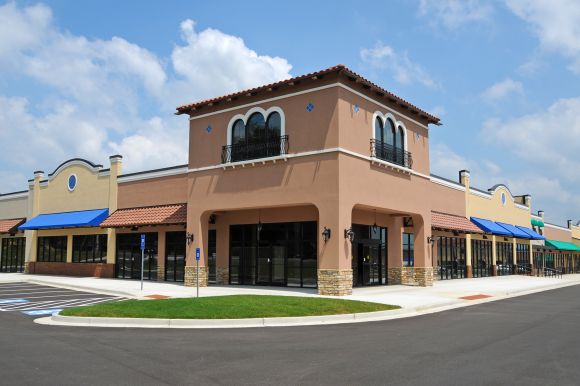By Lisa LaMere, Buxton Professional in Residence
Retail recruitment requires a multi-faceted strategy so that when the economic development team approaches a targeted retailer, they’ve done their homework. The team needs to understand the company, its culture, and its expansion goals, and to report with confidence how retail, hospitality, entertainment, and restaurant concepts align with the brand’s core consumers and market potential in the trade area.
But what has to be accomplished to reach that point?
Several best practices call for a tool kit complete with analytics such as demographics, lifestyle information, and purchasing behavior, as well as a well-rehearsed elevator pitch, traffic counts, incentives, and grants. Many economic development professionals deem attendance at trade shows as essential to retail attraction. Others can’t do without a strong marketing and social media program.
Some rank contact and follow-up among their top priorities. This can entail correspondence, conference calls, and appointment scheduling, while continuing to nurture relationships, which is often thought of as the backbone of economic development.
All of this may seem overwhelming for communities with only one or two staff members dedicated – perhaps, only part time – to retail attraction. So, when faced with a shortage of human and financial resources, what are the most important priorities for retail attraction?
The following five broad-based strategies are not all-inclusive and are meant to only introduce the concept that effective attraction of retail and service sectors requires a multi-pronged approach with overlapping strategies. However, it cannot be emphasized enough that even with limited human resources, a community should always take the active leading role in recruiting retail for their community. No one will promote your community as well as you will.
Finally, as you gather intel and learn from your conversations with prospective retailers, re-evaluate and adjust your priorities to reflect the changing markets as well as the insights you’ve gained.
1. Data and Community Information
Retail attraction requires a good amount of data and intelligence about a community and its trade market area. Compiling this information is time well spent, as it can have multiple uses in your elevator pitch, marketing material, website, and site proposals.
Identifying potential retail sites is critical. This needn’t be an extensive inventory. Retailers have specific site requirements to minimize risk and maximize potential sale volumes, so prioritize two to four locations with the best potential. Especially consider sites in which good relationships with the property owner, tenant rep, or developer have been established.
2. Marketing
Competition for retailers remains strong, therefore communities must proactively market their trade areas as ideal locations for retail business. Using the data and intelligence you’ve assembled, provide a compelling story of your community, trade market area, and its assets. Buxton's deliverables provide marketable data and analytics for a community’s narrative.
Produce an attractive brochure that can be sent electronically. Keep text to a minimum – except for testimonials. What others say about your community is more meaningful than what you may say. Together with these branded materials, a retail-targeted, searchable website is crucial. All marketing collateral should be posted to the website.
3. Proposal Templates
Before you contact a prospective retailer, prepare a site proposal template for each of your priority sites. Having it immediately available for follow-up will indicate the level of responsiveness the retailer or developer can expect from you.
A high-resolution aerial delineating the site, and other retailers in proximity to the site, is useful for the prospective retailer. Indicate acreage or square footage for the site and add analytics and traffic counts. Availability of utilities to vacant land is also beneficial to a retailer’s assessment. Use the same basic template to customize site proposals for other retail leads.
4. Communication
Begin the recruitment process by trying to connect with prospective retailers by letter, then phone, and then by follow-up emails. Phone contact is the most personal and should be the go-to choice of communication. Be sure to pique their interest by including leakage information for their specific retail category or new housing development stats.
If you don’t have contact management software, utilize simple calendar reminders for contacting prospects. Consider making four calls a month to each and up to 12 emails per quarter. Try different email subject lines, customizing each with additional information every time.
5. Relationship Building
As time and resources allow, seek out connections with local businesses, community stakeholders, developers, and property owners. Populate your address book with contacts from referrals, fact-finding meetings, networking events, and speaking opportunities.
Building relationships is not a single event – continue to nurture those relationships and touch base from time to time. Invite them to attend ground breakings, to take part in meetings with prospective retailers, or to speak at your events. With their permission, these contacts may then become a database of recipients for newsletters and email blasts for marketing purposes.
Want to learn more about how to market your community to retailers? Download our report, “Marketing 101: How to Attract New Businesses to Your City.”


